Do you ever stop and wonder if what you do really matters? What if the things you do day in and day out had no impact on people? What if it turned out that all this time you’ve been missing the goal by a mile?
If you’re a firefighter saving lives, or a scientist inventing newer, cleaner power sources, there’s probably little doubt in your mind that you’re making a difference. But as a designer, I must confess that I often start doubting myself. Would it really matter if those text blocks weren’t aligned on a grid? Aren’t my clients wasting good money paying me to spend 10 minutes getting a tab’s gradient just right?
Unlike artists who create whatever they feel like (those useless bums!), designers like to think they’re solving real problems and contributing to society. Every choice we make is a step towards a well-defined goal. So we’d better be sure that we’re actually useful and making a positive impact.
Big redesign, small impact
So what to make of this post by Jason Cohen that states that the recent redesign of his company site barely impacted his conversion rate? Does that mean design is useless for startups? Is his case representative, or just an outlier?
To answer this question, we first need to define what “design” actually means. I think we can broadly separate design in three parts: user experience, visual design, and branding. Or, to put it another way, design is how it works, how it looks, and how it feels.
How it works: User Experience

Although I dislike the term “user experience” (I prefer “interaction design”), I’ll use it for now so that we’re on the same page. What I mean by it is the general way things fit together: Is the site straightforward to use? Can the user build a mental model of the way your app works? Do things make sense?
I think we can all agree that UX is important. Although “UX” has become somewhat of a meaningless buzzword of late, at its core “good UX” just means “a good product”. I can’t think of many examples of product with bad UX that are still successful, except maybe the ones put out by behemoths like Microsoft that can mitigate their product’s suckyness with other factors (then again, Vista was a good illustration that you’re never completely safe from a backlash…).
The poster child of this idea is Hipmunk. Instead of prioritizing ad revenue or affiliate clicks like many of their competitors, the Hipmunk crew has simply tried to build the best product they could. But this shouldn’t seem like a new idea: in the “real” world, there has always been companies that value product quality over other factors, and some of them have even become very successful doing so.
How it looks: Visual Design

In comparison,visual design is more straightforward to grasp: does it look pretty? Are you using Helvetica, or just Arial? Do you have rounded corners, or boring old sharp ones?
It pains me to say it, but visual design is probably not that important in most cases. Unlike a car, clothes, or a big flat-screen televisions, websites are not status symbols and are mostly utilitarian. This explains why a big majority of people just don’t care how your app looks as long as it gets the job done. Hacker News or Stack Overflow are good examples of very successful sites that have horrible visual design.
Craigslist and MySpace used to be held up as shining examples of the “aesthetics don’t matter” philosophy, but they’re both losing steam. Hmm, might visual design matter after all…?
How it feels: Branding
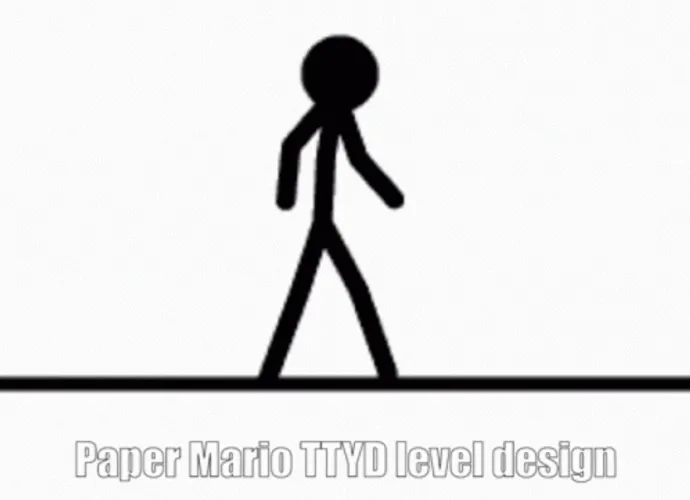
Before we can answer that question, we need to look at the third element of the equation, branding.
Branding is the way people perceive your product and relate to it. If your product was a person, branding would be their personality: is your product warm and friendly? Or is it serious and reliable? Or maybe fun and a little bit out of control?
Thinking about your branding is important because there is no such thing as not having a brand. As soon as people hear about your product, they’ll start forming an opinion about it. You might as well control that opinion and align it with your own goals. Sometimes that involves having a slick logo, sometimes it means not having a logo.
Craigslist’s lack of branding is a brand in itself, it communicates that the site is free (it’s easier to believe something is free if it already looks cheap), low-tech (if it looks simple, it must be simple to use), and reminds people of their paper’s black and white classified section.
Design is all three
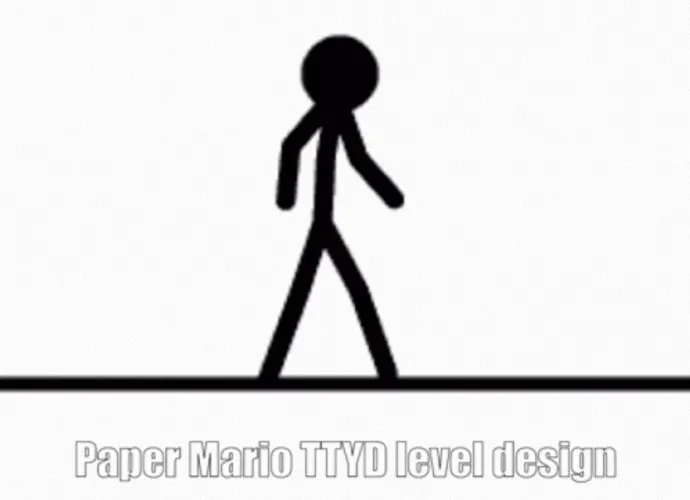
To make matters even more complicated, it’s important to realize that those three aspects of design are strongly intertwined: good visual design will make you more credible, which impacts your brand. Bad visual design (small fonts, bad contrast, etc.) will make your site harder to use which impacts user experience. And great user experience can be a selling point in itself, which can in turn become part of your brand.
But does it matter?
So in the end, does design matter for a start-up? Well, let’s look at a real-world example again. If someone was freezing to death in sub-zero weather, he’d gladly accept any coat even if were old, ugly, and didn’t fit. But when doing their winter shopping in Macy’s, most people will take the time to compare brands, colors, and price.
So the lesson here is that as their basic needs are fulfilled or alternatives appear, people start looking for new criteria on which to base their decisions. When you’re the only soft drink in town you only need to worry about taste and price. But you have competitors, that’s when you start redesigning your logo and spending millions on ad campaigns.
Similarly, in the beginning stage of its life, a startup probably won’t be hurt as much by bad design. After all, there are a lot of far more dangerous things that can kill it first. But as it matures and competitors emerge, it will need every advantage it can get, and can’t afford to let bad visual design hurt its credibility, bad user experience confuse its users, or bad branding pollute its message.
Of course, the hard question is not if design matters, it’s when it matters. We can all agree that it’s probably better overall if your site does not look like a 1999 Geocities homepage. But a start-up has little resources (well, most of them at least) and can’t afford to waste them on factors that have no impact on its success.
Design DNA
When it comes to making sure your app’s code scales well for large number of users, there are two schools of thought: you can either spend time from the start optimizing your code, or you can cross that bridge when you come to it and wait until you actually have scale problems to fix them (if they don’t kill you first, of course).
So you can decide that you’ll care about design when you have enough money, a better-designed competitor appears, or users start complaining about the green Comic Sans type you’re using in your UI.

I wonder what that third switch does?
The thing is, just like with making money, there is no switch that you can flip to instantly become good at design. The take-away from studying companies like Apple is that for them “design” is something that’s embedded in the core of the company, not something tacked on at a later stage. You can’t deny that by valuing design from start to finish, Apple has been able to consistently put out great products for the past couple years.
So when should you worry about “scaling” your design? Well, there is no good answer to this question, it all depends on the project, on your goals, and on your resources. But I hope at least that this article gave you a couple elements to help you decide.

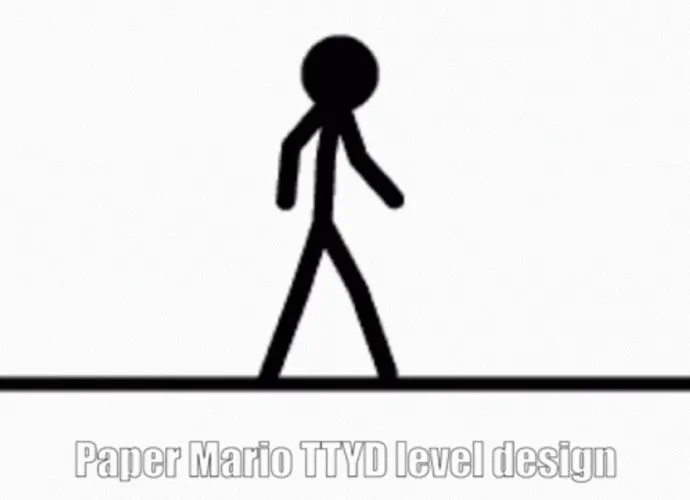
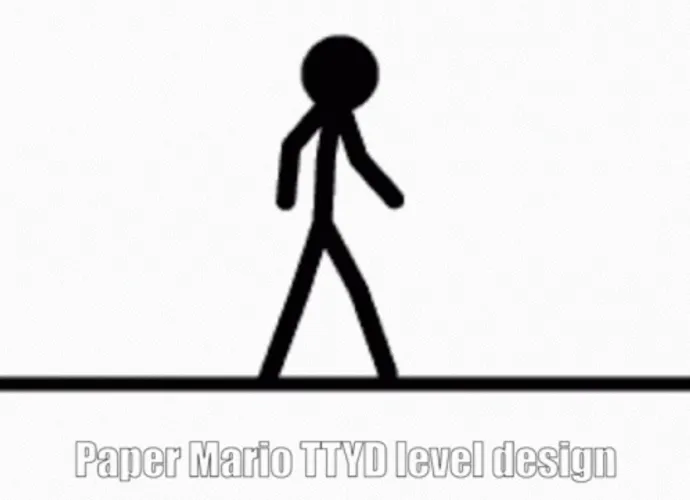



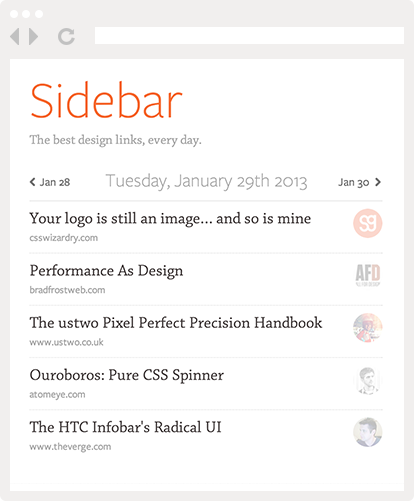
I think you are missing an important point…design is about solving problems (using the tools of user experience, graphic design, branding, etc.).
If you are ‘redesigning’ a site, but the purpose is to ‘change how it looks’ or ‘make it more webby’, you are not solving a problem (other than maybe a company CEO who as decided they need to make the look ‘pop’).
Designers should take a problem and produce a solution, taking heed of constraints (usually while exploring the problem a client / company feels they need solved). If a startup contracts a designer, that designer should be producing the best solution for the company…maybe that is focusing on user experience now, and later focusing on solidifying the look and brand as the company matures and finds it’s own focus, or helping the company get clarity on what problems they should be solving, as opposed to the ones they think they should solve.
The example from WP Engine talks about how their redesign didn’t change conversion rates, but it did change team attitude and customers (who care about visual design) attitude. He doesn’t talk about if conversion rate increase was one of the design goals. If it had been (and still can be) then that would be a set goal of a piece of work, which could use A/B testing, and subtle changes to optimise the current modality (the new design may have shifted how much they can optimise to improve conversions). I think tales of drastic conversion rate increases from massive redesigns are rare…
Amazon is another example of terrible visual design, but the problem they are solving is getting people to buy stuff, easily, and they are, without a doubt, very solidly answering that problem.
Pingback: Design is all three | Made to order
Ready to have your HN reading experience become pleasant?
https://chrome.google.com/webstore/detail/jnnojalnifmaekkfknejbppafnaiepjl
Boom.
Counter-boom!
https://chrome.google.com/webstore/detail/ofjfdfaleomlfanfehgblppafkijjhmi
Dude, where’s your Like-button?
Good point, I guess I should have one… One more thing on the to-do list
Even though you bring up some good thoughts, I think that design matters at any stage, even without any clear competition. Good design usually creates a good mood, which can sometimes create a stronger branding. Even though I’m not a fan of Apple, many recognize Apple to have nicely designed products.
And I’m not sure if I agree with your point that users don’t care if a website looks good or not. If it looks like crap, it might scare them away or tempt them to use something else. I think the whole Myspace vs. Facebook thing proves that, as Facebook came in with a simple design. Redesigns definitely do frustrate users though, as something that was working and they were familiar with is suddenly different. I find that to be a problem mostly with the users, but slowly receiving feedback and rolling a new design out is the way to go.
Facebook came in with a lot more than good looks.
And what I meant was that users don’t care that much if you have nice gradients or drop shadows. I’m not saying they don’t care at all, only that unless eye candy is a major differentiator for you (and that can be the case, especially for some iPhone apps), users will care more about speed, content, price, etc.
Nice article fella. I came into design later in my career and as a result, have often struggled with the, “How much does this matter”, when it comes to the design aspects of work I produce. Working mostly for small and startup businesses, I am mostly dealing with pretty small budgets and client -not unjustly- will sometimes struggle to see the value in a ground up design. The thing is, I sometimes agree.
Btw, a little typo here, “In comparison,visual design is more straightforward to grasp” you might want to fix.
Cheers,
David
Yep, I’m in the same situation as you. My philosophy is that I’ll provide my clients with the best design possible, but if they don’t implement everything perfectly then I usually don’t bother them too much about it, because I know they have other more important priorities.
Go for all of it!
Design is important but from my experience, when you are starting up and if you dont have much of investment, you probably cant even afford a designer.
A true penniless startup -and I have been there- has a 1000 things to focus on before their web design…so while I think it is important..I dont think a startup should focus their energy on that aspect right at the beggining if they have limited resources of any kind -money, time, people, etc-
And ultimately, what you and me consider a good design, it is not neccesarily so for the visitor…so this ends up being a highly subjective appreciation.
In some cases I agree, and I think it’s important to discuss this topic. Every startup is different, so it’s worth it to analyze your situation and decide how much resources you should put into design.
Interesting post. Just a couple of thoughts.
UX is not ID. Interation Design is part of User Experience together with Information Architecture and Graphic Design.
On a different note, the design of your comment form is nice but make me think more tha necessary. Why don’t you add some labels (name, email, website) that disappear on focus? It would be a nicd touch.
Who can say what UX is or is not? In this post’s comments, you’ll find people arguing that graphic design is not part of UX… It seems like a term with a lot of different interpretations.
And you’re right about the comment form, there’s a lot of things that could be improved.
Pingback: Little Sandbox
Great article! That is question I always ask to myself.
Great article! Truly enjoyed reading it as it resonates a lot with what I think about design.
I do have to say tough, that in my opinion, the user experience is probably the most important of them all in website or web application design. And yes, though everything else about design as you mentioned (design aesthetics, etc) contributes to good UX, there is no law in the universe that guarantees that.
Like what Jason Fried of 37signals wrote in their SvN blog, good design is NOT good looks. You mentioned that in your article with Craigslist for example. Another example would be http://www.drudgereport.com/ where it is so aesthetically definitely not up to PAR, but design and UX wise it probably hits the spot.
Pingback: Google: meet design. Design: meet Google. | Keith Kent — Designer — Cork, Ireland.
The thing with conversion is really interesting. I would never create a new design without analyzing how the visitors is using the site today. One great tool for analyzing your visitors is Seevolution. Conversion rate is in my eyes the visitors given grade on your site!
Enough with the whole “Craiglist is unbranded” stuff. As Jeroen van Geel points out in his talks on product personality http://www.slideshare.net/jeroenvangeel/the-childish-washer-the-happy-website , Craigslist has a lot of money, and actively chooses not to look like eBay. More than anything, it’s about appealing to your market and not looking like your competitors.
Similarly, many UX people *hate* the look of Jakob Neilsen’s site http://useit.com . He could change it (he must have the money as well). But by keeping it, he maintains his brand as the grumpy old man of usability, which is just as important as conversions.
Competition definitely raises the importance of visual design and product experience. And experience is one reason why Apple is winning. For example, while their competitors’ ads tout how much RAM they have or that it’s “4g LTE upgradeable” Apple tells us stuff like “now you can take a classroom anywhere.” After users’ minimum feature requirements are met, they look for experience. Android tablets are fumbling around trying to beat Apple on features while their experience isn’t even close.
I agree whole-heartedly!